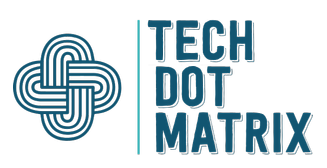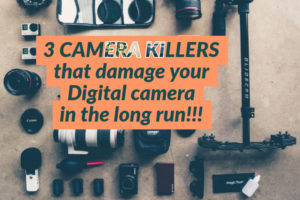
We are living in an age in which the photographers are dealing more with the files rather than the films and negatives like how it used to be a few decades ago. Having said this, I am going to discuss something that all the photographers have their in fingertips, but rarely make use of it. And trust me, it can be used at times to gain more information about the captured images.
Yes, what I am going to talk about is EXIF data, which stands for ‘Exchangeable Image File’ data. Basically, it holds the information that a camera adds to the images while capturing in JPEG or TIFF formats. Whether you like it or not, almost all the camera manufacturers support EXIF while recording an image file.
Possibly, the best way to make you understand about EXIF data is by showing the same for a sample image and you can see it in the image below.
From the image shared above, we can find out the details which are mentioned as follows
- It is captured in Canon 80D camera with a focal length of 75mm
- It was captured with an aperture of f/4.5 and exposure time of 1/100.
EXIF details are sometimes better to help you understand what you could have done to make the image even better. For example, in the image that’s shared above, I really feel that an aperture of f/2.8 would have brought in a lot of blur in the background and made the baby in the photo look more focused. You can view the EXIF data in almost all the photo viewing software.
To learn, more about what is Metadata, formats of Metadata, and how to use it read this article Understanding Metadata for Photographers.
Let us know if you are already using the EXIF data to get your photography better by commenting in the comments section below.
For more similar stories, stay tuned with our Photography Section.





